Middleton villagers' concerns over endangered newts at controversial site near Corby
and live on Freeview channel 276
A residents' action group concerned about the potential damage to great crested newt habitats in a field subject to a pending planning application has called for swift action to protect the amphibians.
Villagers from Middleton near Corby say they have seen the endangered great crested newts in the area as the creatures head for spawning ponds that are also protected under the Wildlife and Countryside Act 1981.
Advertisement
Hide AdAdvertisement
Hide AdDespite protection under the law, fears have been growing for their safety after part of ancient Peasdale Hill field, purchased and subject to a planning application, was levelled and tonnes of hardcore piled on to the site prior to consent being granted - a Stop Notice was placed on the site last month.
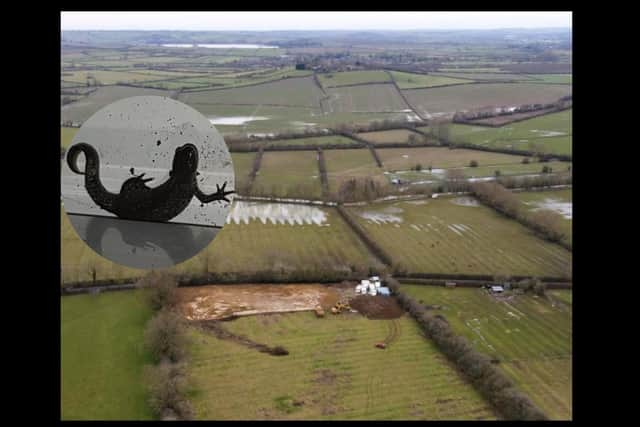

Middleton Residents Action Group (RAG) had commissioned an ecology report on the area around Peasdale Hill Field in Ashley Road that concluded that the ponds close to the site and the surrounding fields and hedgerow were classed as 'good locations' for the newts and pressed Corby Council to take action to prevent further damage around the sites.
Cllr David Sims, chairman of RAG, said: “It is vital that the natural habitat of areas like the Ashley Road, being close to the River Welland and set in ancient countryside, should be protected from unsustainable development.
"The Peasdale Hill site is the subject of a retrospective planning application which was submitted after substantial damage had already been done by unapproved groundworks.
Advertisement
Hide AdAdvertisement
Hide Ad"Any further activity on these sites should not be allowed without thorough ecology and environmental assessments being completed and formal planning permissions granted.”
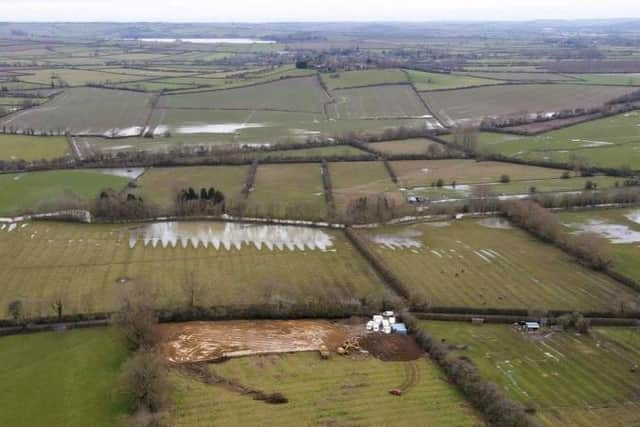

With its prominent, wavy crest, the great crested newt, also known as the 'warty newt' favours clean ponds during the breeding season.
In a written response from Northamptonshire County Council Planning Services to Corby Council, Heather Webb, principal project officer planning services, set out the possibility of the great crested newts being disturbed on the site which has ridge and furrow.
Ms Webb said: "In my view it’s a very real possibility that the works have disturbed hibernating great crested newts.
Advertisement
Hide AdAdvertisement
Hide Ad"In addition to being archaeologically important, ridge and furrow can be ecologically important as it produces varied microhabitats which can yield greater diversity than would be found on a flat site.
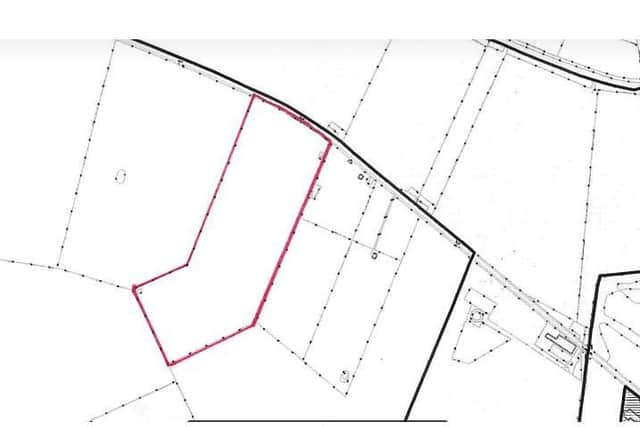

"All surveys must be done pre-determination so that if any mitigation is required it can be secured by condition.
"The application will also need to demonstrate how it will deliver a net biodiversity gain.
"Until the required surveys are done the council does not have sufficient information to determine this application."
Advertisement
Hide AdAdvertisement
Hide AdCllr Sims added: "Development in the Middleton area is currently a very sensitive issue, as unapproved groundworks, including the filling of a pond, have been recently undertaken on a traveller site at Peasdale Hill Field, in Ashley Road, Middleton.
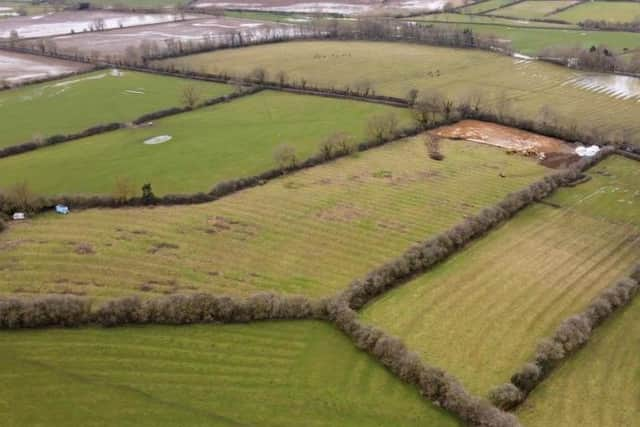

"Work on the site has continued in direct breach of a Corby Borough Council Stop Notice, and local residents are extremely concerned about the irreversible damage that’s being done to this crucial habitat."
The planning application for the change of use of land from agriculture to residential purposes to provide five gypsy and traveller pitches including hardstanding was submitted to Corby Council at the start of the year.
The entire site is about 3.8 hectares - nearly four football pitches - although the application seeks to place hardstanding on only 0.8 hectares at the road-end of the site. The rest would remain as agricultural land.
Advertisement
Hide AdAdvertisement
Hide AdOwners of the land - all from one family - are still allowed to prepare a small area for siting touring caravans on, to ensure the health and safety of the occupants.
In official papers Northamptonshire Police have stated that they 'have no concerns or objections relative to this application in relation to crime and disorder issues' as long as the family who owns the land remain and the site is not a storage yard for business.
They said: "Northamptonshire Police generally approve the use of land for traveller/gypsy sites provided that such sites are for small named family groups who have local connections to the area. This land should not however be permitted to be used as a transient traveller/gypsy site at any time. In order to ensure that the site remains for the use of named family members... permission lapses if the named individuals and children leave the site.
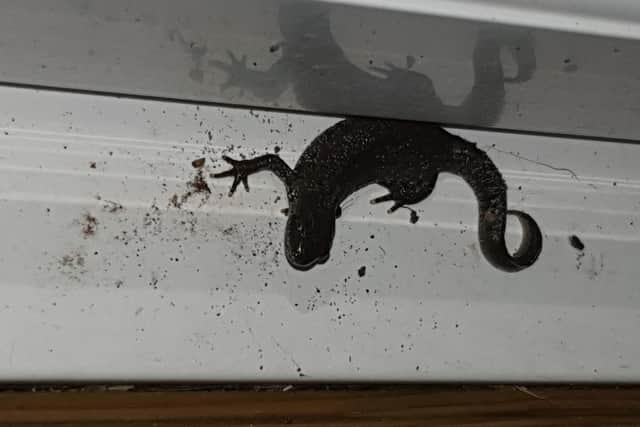

"In addition, to reduce opportunities for crime and to ensure a site which complies with best practice guidance we would like the site to comply with the following criteria - No business shall be conducted on the site and no storage of trade waste or metals is permitted. The site must also be laid out to comply with the ‘access for emergency vehicles’ section and follow the guidance of Designing Gypsy and Traveller sites good practice guide."
Read the planning documents by clicking here.
Advertisement
Hide AdAdvertisement
Hide AdThe great crested newt is almost black in colour, with spotted flanks and a striking, orange belly. It has warty skin and males have a long, wavy crest along the body and tail during the breeding season.
Newts are amphibians, breeding in ponds during the spring and spending most of the rest of the year feeding on invertebrates in woodland, hedgerows, marshes and tussocky grassland. They hibernate underground, among tree roots and in old walls. The UK's populations of the great crested newt are internationally important.